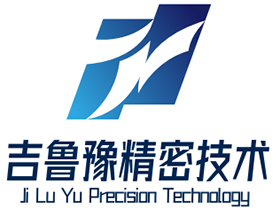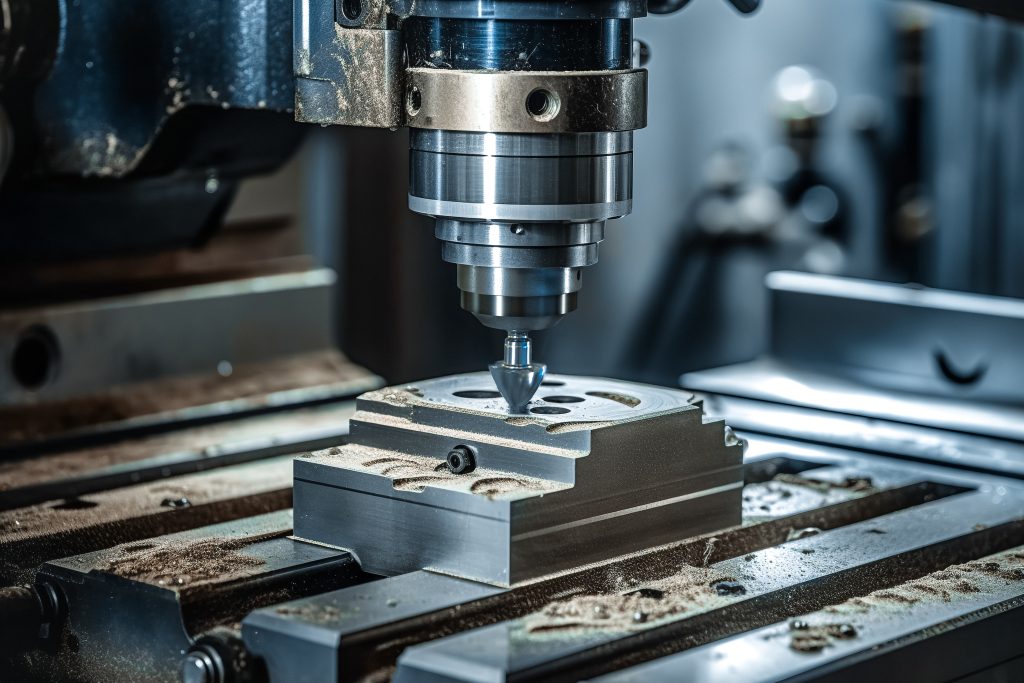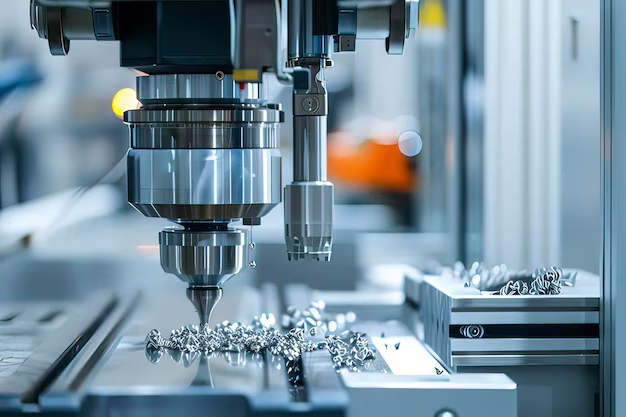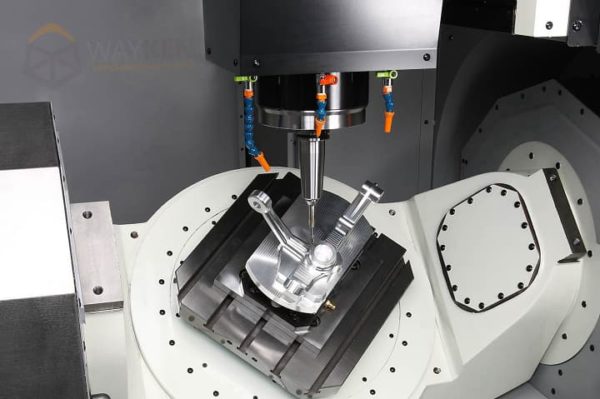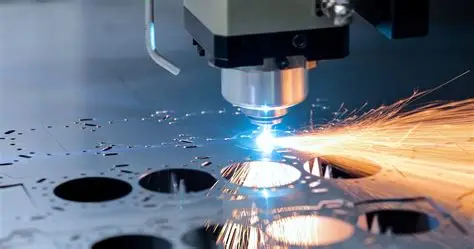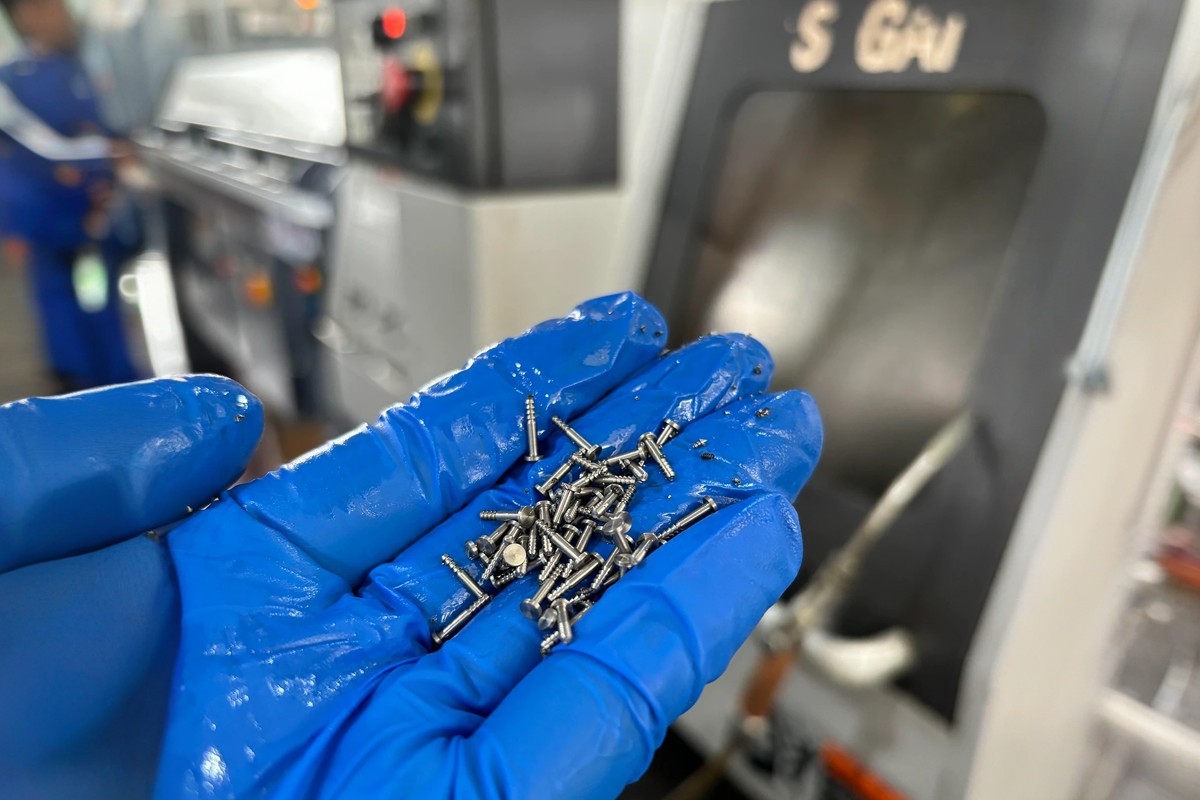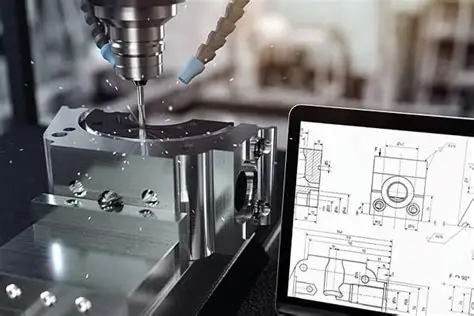What Do CNC Machines Do? Applications, Benefits & Industry Impact | JLYPT
When engineers ask, “What do CNC machines do?” they’re uncovering the backbone of modern manufacturing. Computer Numerical Control (CNC) machines transform raw materials into precision components using automated, programmable tools. From life-saving medical implants to spacecraft components, this guide demystifies CNC operations, showcases real-world applications, and reveals how companies like JLYPT Machining Solutions leverage this technology to drive innovation.
Core Functions: What Do CNC Machines Actually Do?
CNC machines execute pre-programmed instructions to perform three fundamental actions:
-
Material Removal
-
Milling: Rotating cutting tools carve complex shapes (e.g., aircraft brackets)
-
Turning: Rotating workpieces are shaped by stationary tools (e.g., engine shafts)
-
Drilling: Creates precise holes for assembly (e.g., surgical instrument handles)
-
-
Ultra-Precision Machining
Achieve tolerances to ±0.0005″ (0.0127mm) using closed-loop feedback systems. -
Multi-Axis Contouring
5-axis machines sculpt organic geometries like titanium spinal implants without repositioning.
The CNC Workflow: From Design to Finished Part
-
CAD Design
Engineers create 3D models (e.g., a drone motor mount in SolidWorks). -
CAM Programming
Software generates toolpaths and G-code instructions. -
Machine Setup
Operators load materials (aluminum, titanium, PEEK) and tools. -
Automated Production
CNC machines run unattended for 24+ hours, producing 500+ identical parts. -
Quality Validation
CMM machines verify dimensional accuracy.
Example: JLYPT’s CNC service produced 200 aerospace sensor housings in 72 hours with 0 defects.
7 Industries Transformed by CNC Machines
| Industry | Key Applications | Precision Achieved |
|---|---|---|
| Aerospace | Turbine blades, satellite frames | ±0.001″ surface finish |
| Medical | Titanium implants, surgical robots | 0.002″ positional accuracy |
| Automotive | EV battery trays, transmission gears | 0.0005″ concentricity |
| Energy | Nuclear valve systems, wind turbine hubs | 0.0015″ flatness |
| Electronics | Heat sinks, 5G antenna components | Ra 0.2μm surface finish |
| Defense | UAV components, radar housings | ITAR-compliant tolerances |
| Consumer Goods | Custom eyewear frames, luxury watch cases | Mirror finishes |
Critical Technologies Inside CNC Machines
-
Multi-Axis Systems
-
3-Axis: Basic milling/drilling
-
5-Axis: Complex contours (e.g., impellers)
-
9-Axis: Turn-mill centers for medical screws
-
-
AI-Driven Optimization
JLYPT’s SmartCut AI reduces tool wear by 35% by adjusting feeds in real-time. -
Adaptive Control
Sensors detect tool deflection, automatically compensating for errors. -
Swiss Machining
Produces tiny, complex parts like neural probe tips (Ø0.2mm).
Why CNC Outperforms Manual Machining
-
Accuracy: 99.8% defect reduction vs. manual methods
-
Speed: 5x faster production cycles
-
Consistency: 0.0001″ part-to-part variation
-
Complexity: Machined features impossible manually (e.g., internal helicoids)
-
Cost: 30% lower labor costs per unit
A 2024 study showed CNC machining reduced automotive prototyping costs by 42%.
Future Innovations: Where CNC Technology Is Headed
-
Nanoscale Machining
Creating microfluidic medical devices with 200nm precision. -
Self-Optimizing Machines
AI systems that learn from production data to predict failures. -
Hybrid 3D Printing/CNC
Building titanium aerospace brackets with internal cooling channels. -
Green Machining
Solar-powered CNC factories with 100% metal recycling.
How to Maximize CNC Capabilities for Your Projects
-
Design for Manufacturability (DFM)
-
Avoid sharp internal corners (use radii >1/3 tool diameter)
-
Standardize hole sizes to reduce tool changes
-
Add draft angles for easier milling
-
-
Material Selection Guide
Application Optimal Material Cost Savings Aerospace brackets Aluminum 6061-T6 40% vs. titanium Medical implants Ti-6Al-4V ELI Biocompatible High-heat zones Inconel 718 1200°F resistance -
Partner with Certified Experts
JLYPT’s free DFM analysis identifies cost-saving opportunities pre-production.
Why Industry Leaders Choose JLYPT
“We asked ‘what do CNC machines do for complex projects?’ JLYPT answered by machining 50 cardiac pump components with 0.001″ tolerances – saving 6 weeks vs. traditional methods.”
— Dr. Sarah Chen, MedInnovate
-
Zero Minimum Orders: Prototype to 10k+ production runs
-
Tolerance Guarantee: ±0.0005″ with AS9100 certification
-
Speed: 3-day prototypes, 15-minute quotes
-
Sustainability: Zero-landfill facilities
Conclusion
Understanding what CNC machines do reveals their role as precision powerhouses transforming industries through speed, accuracy, and innovation. From creating life-saving medical devices to lightweight aerospace components, CNC technology bridges digital designs and physical reality. Partner with JLYPT to leverage these capabilities for your next breakthrough project.
Request Your Precision CNC Solution
